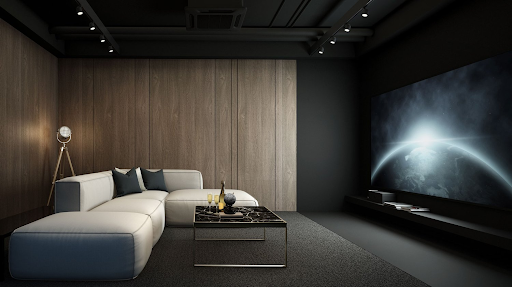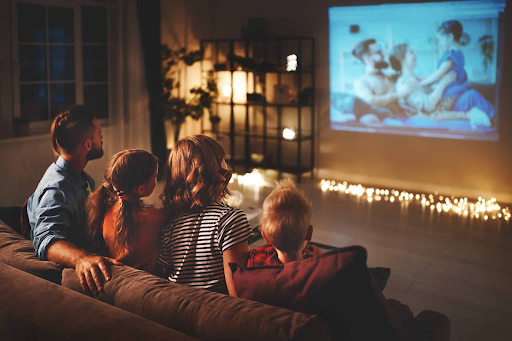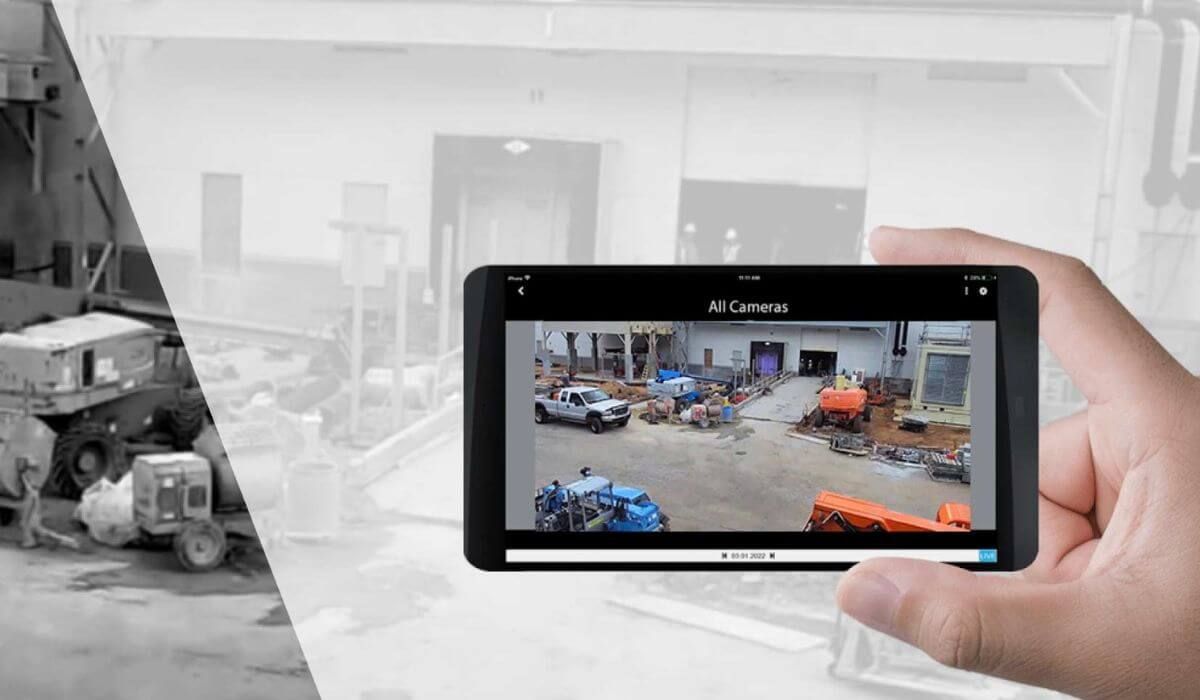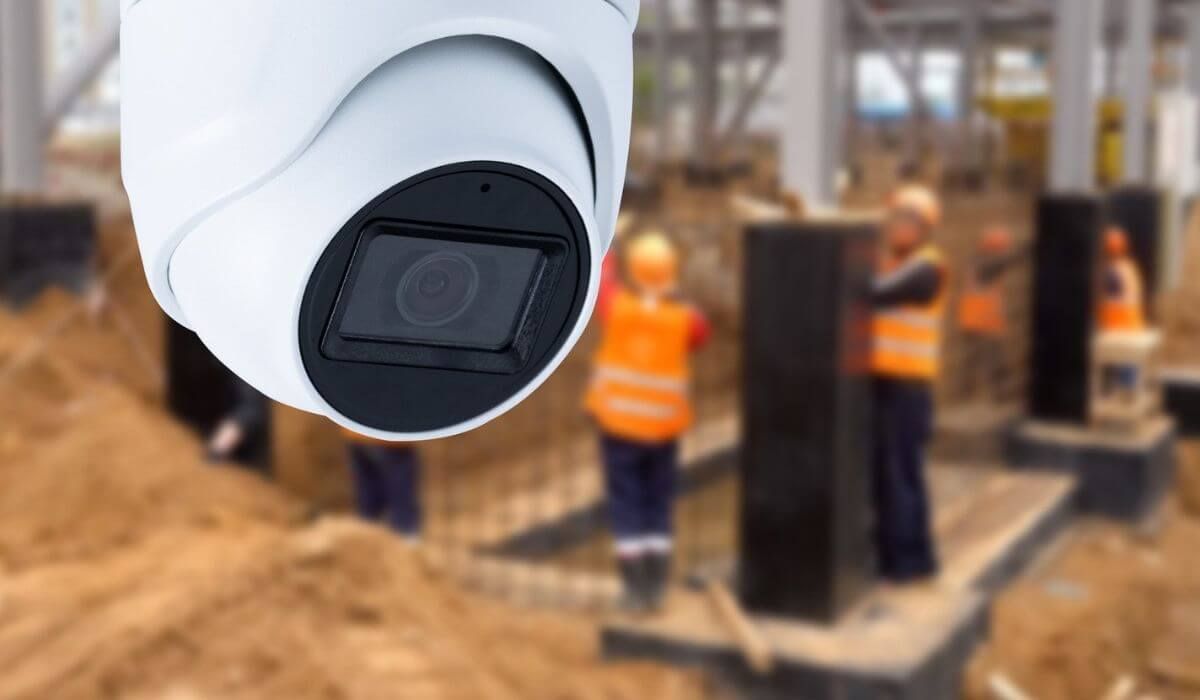How to Choose a Home Theater Projector for Large Rooms
Creating the perfect home theater
experience starts with choosing the right projector. Whether you're a movie enthusiast or someone who enjoys an immersive gaming experience, the projector you select can make or break your cinematic setup. With so many options on the market, how do you know which one is best suited for your space? From room size and lighting conditions to your specific viewing habits, several factors will influence the projector choice. In this guide, we’ll walk you through everything you need to consider to find the perfect home theater projector for a truly cinematic experience.
Understanding Projector Technology
Different Types of Projector Technologies
When it comes to home theater projectors, there are three main types of technology to choose from: DLP, LCD, and LED projectors. Each has its own benefits and is better suited to different viewing preferences.
- DLP Projectors (Digital Light Processing): DLP projectors are known for their sharp, vibrant images and smooth motion, making them excellent for fast-paced movies or sports. They are lightweight and often more affordable but can suffer from a "rainbow effect" in some cases.
- LCD Projectors (Liquid Crystal Display): LCD projectors offer excellent color accuracy and brightness, making them perfect for rooms with more ambient light. However, they tend to be bulkier than DLP projectors.
- LED Projectors: LED projectors are energy-efficient and have a longer lifespan due to the nature of their light source. They’re often quieter and require less maintenance but can be more expensive and sometimes offer less brightness.
What Resolution is Best for You?
The resolution of your projector will directly impact your viewing experience. Higher resolution projectors provide sharper images and more detail, especially on larger screens.
- 1080p: For most home theater setups, a 1080p projector is a great balance between cost and quality. It delivers sharp images suitable for movies, games, and TV shows.
- 4K UHD: If you're looking for the ultimate in image clarity and detail, a 4K UHD projector is your best bet. It offers four times the resolution of 1080p and is ideal for those wanting the best possible home theater experience.
Understanding how
resolution impacts viewing is key to selecting the right projector for your needs. For smaller screens or less frequent use, 1080p is usually enough. However, if you're investing in a more expansive home cinema,
4K UHD should be a serious consideration.
Key Features to Consider
Brightness Levels and Their Importance
One of the most important factors in choosing a home theater projector is its brightness, measured in lumens. The number of lumens a projector has will affect how well it performs in various lighting conditions.
- Less than 2,000 lumens: Best for rooms with complete darkness, such as a dedicated home theater space.
- 2,000 to 3,000 lumens: Suitable for rooms with some ambient light, like living rooms with controlled lighting.
- More than 3,000 lumens: Ideal for spaces with lots of ambient light or for those who want to use the projector during the day.
Understanding
how many lumens you need will depend on the specific lighting conditions of
your home theater. A projector with the right brightness level ensures clear, vibrant images without needing complete darkness.
Contrast Ratio Explained
The contrast ratio of a projector is another critical factor in achieving a cinematic experience. This ratio measures the difference between the darkest blacks and the brightest whites the projector can display. Higher contrast ratios allow for deeper blacks, making the image more vivid and detailed.
- Importance of contrast ratio: A higher contrast ratio is particularly important if you're watching movies or playing games with a lot of dark scenes. It provides more shadow detail and depth, making the picture feel more immersive.
Installation and Setup Tips
Projector Placement and Screen Size
Finding the perfect place to set up your projector is essential to maximizing its performance. The throw distance (the distance from the projector to the screen) and the size of the screen will influence where you should place the projector.
- Calculating throw distance: Use the manufacturer's guidelines to determine the appropriate throw distance for your projector. This will help you achieve the optimal screen size without distortion or loss of image quality.
- Optimal screen size: The size of your screen should correspond to the room size and the distance from the seating area. For most home theaters, a screen size between 100 and 120 inches provides a good balance of immersion and comfort.
Calibration for Optimal Performance
To get the best picture quality from your projector, proper calibration is key. Basic calibration involves adjusting the projector's brightness, contrast, color, and sharpness to suit your environment.
- Basic calibration settings: Many projectors come with preset modes such as "Cinema" or "Game" modes, but for the best results, you should manually adjust the settings based on your room's lighting.
- Professional calibration: For the ultimate home theater experience, consider hiring a professional to calibrate your projector for maximum performance. They can fine-tune the image quality to your specific viewing environment, ensuring the best possible results.
Budgeting for Your Home Theater Projector
Cost vs. Quality: Finding Balance
Projectors come in a wide range of prices, from budget-friendly models to high-end, feature-packed options. When selecting a projector, it's important to find the right balance between cost and quality.
- Budget projectors: If you're just starting with a home theater setup, there are many affordable options that still deliver solid performance. However, you may have to compromise on features like resolution or brightness.
- When to splurge on a projector: If you're serious about creating a high-quality home theater, investing in a higher-end projector can significantly enhance your experience, especially if you're opting for 4K UHD resolution or require high brightness levels.
Additional Costs to Consider
Aside from the projector itself, there are several additional costs involved in setting up a home theater.
- Screens: A good quality screen is essential for getting the best image from your projector. Fixed-frame or motorized screens are ideal for home theaters.
- Audio systems: For a complete cinematic experience, a surround sound system or soundbar is crucial. This will enhance the audio, matching the quality of the visuals.
- Accessories: Don’t forget about mounts, cables, and other accessories that are necessary for setting up your projector.
Conclusion
Choosing the right home theater projector can significantly enhance your viewing experience. By considering factors like projector technology, resolution, brightness, and contrast ratio, you can create a cinematic atmosphere that rivals the movie theater. Whether you're on a budget or ready to splurge, finding the right balance between cost and quality is key. Consider your space, viewing habits, and specific needs to find the projector that’s perfect for you. Ready to start? Check out our buying guide for more tips and product comparisons to help you make the best decision.
FAQs About Home Projector for Your Home Theater
What is the best projector for a small room?
For smaller rooms, look for projectors with shorter throw distances. Many models are specifically designed for small spaces, allowing you to project a large image without needing to place the projector far from the screen.
How often should I replace the bulb in my projector?
Projector bulbs generally last between 2,000 and 4,000 hours, depending on the model and usage. Some LED projectors have even longer lifespans, reducing maintenance costs.
Can I use a projector for everyday TV watching?
Yes, projectors can be used for everyday viewing, but it's important to choose a model with sufficient brightness and a lamp with a long lifespan to avoid frequent replacements.





